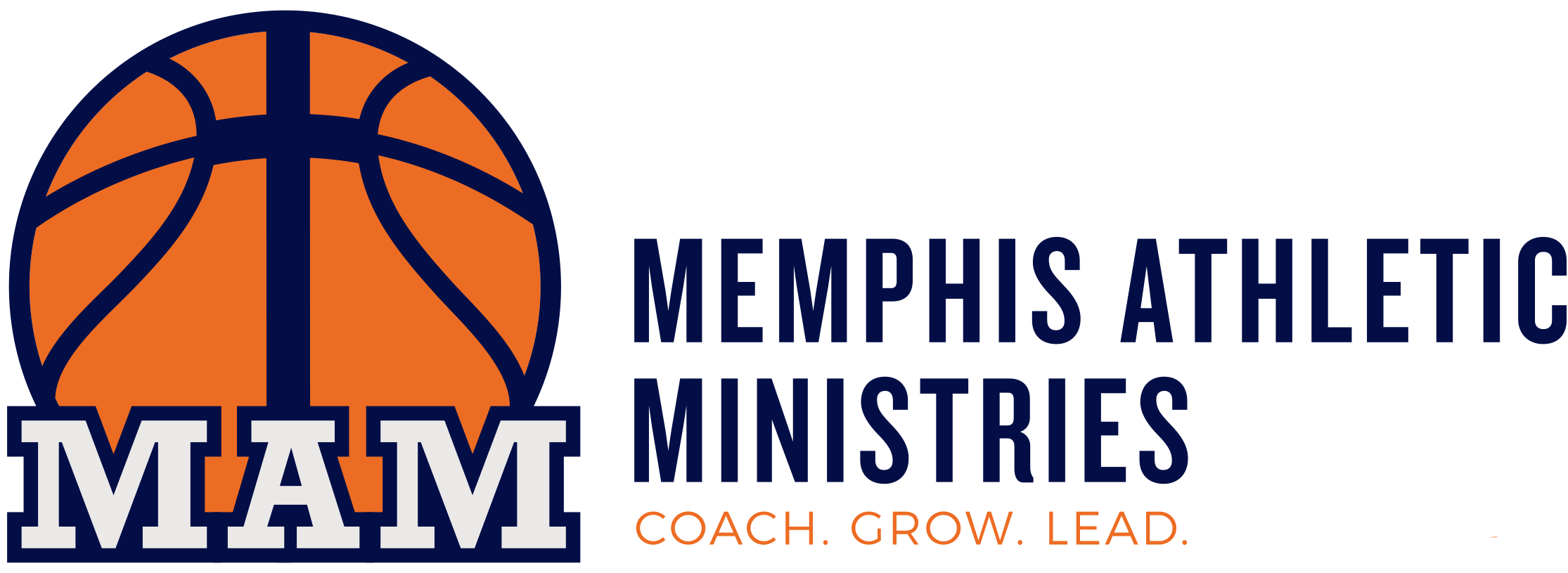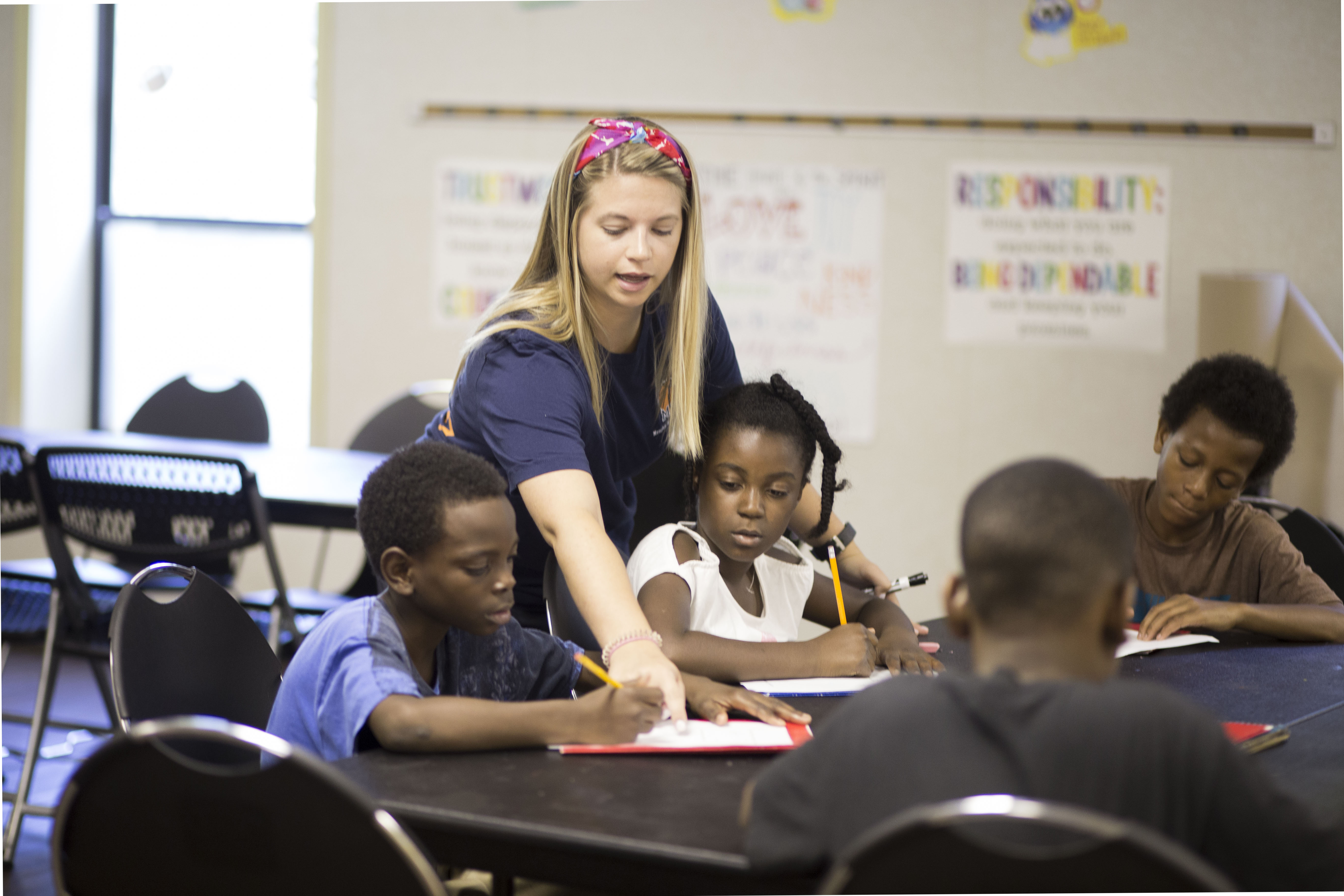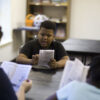Article written by: Afterschool Alliance
Find original article here.
Addressing Chronic Absenteeism: How Afterschool Programs are Building School-Day Engagement and Improving Attendance
In a survey of school districts during the 2023-2024 school year, nearly 9 in 10 district leaders reported at least a modest level of chronic absenteeism in their schools. Chronic absenteeism — generally defined as students missing 10% or more days of school — is a pervasive issue that affects students across grade levels, but is especially prevalent in early grades, particularly kindergarten and 1st grade, and reaches peak levels in high school. From its effect on students’ academic performance to disproportionately affecting systemically disadvantaged students, chronic absenteeism has raised the alarm of many, with news headlines declaring it to be the “biggest problem” and a “crisis” facing schools. Chronic absenteeism is associated with negative academic outcomes, including a decline in National Assessment of Education Progress (NAEP) scores from 2019 to 2022. Even more troubling is the research showing it is more likely to impact students from historically underserved communities and those who are more likely to experience circumstances that make regular school attendance challenging. For example, data from the 2022 National Health Interview Survey indicated that students with disabilities — who may face chronic health conditions, side effects from medication, and bullying — were approximately three times as likely to be chronically absent than their peers without disabilities. Chronic absenteeism is not an issue that schools should be left alone to solve. Afterschool programs are an opportune partner, providing students a welcoming space with supportive staff and mentors while offering fun and hands-on learning experiences that help inspire greater engagement in school and self-confidence. In the words of one student, “I feel so safe at [my afterschool] program. It’s my second home. I wouldn’t trade it for anything in the world. This program has given me the mentorship and community I need to try new things, succeed in my classes, and explore my interests.” Another student shared, “Before I participated in these programs, I never had opportunities like these before. They have motivated me to take school seriously and gave me more confidence.” Together with students, families, and schools, afterschool programs are strengthening students’ connection to school, improving school-day attendance levels, and keeping young people on a track toward a bright and promising future.
The far-reaching impacts of chronic absenteeism
During the peak of the pandemic, 14.7 million, or 30% of students, were chronically absent. While estimates for the 2023-2024 school year show chronic absenteeism to be declining, the current national figures are significantly higher than pre-pandemic levels, with 9.4 million students, or nearly 1 in 5 students (19%), chronically absent.
States’ chronic absenteeism levels remain higher than pre-pandemic
Every state, including Washington, D.C., has experienced a substantial rise in chronic absenteeism rates when comparing the 2021-2022 school year to four years prior. In California, the rate of schools experiencing high to extremely high levels of chronically absent students rose from 22% in the 2017-2018 school year to 78% in the 2021-2022 school year, a 56 percentage-point increase. And New Jersey, a state with one of the smallest changes, still saw a 19 percentage-point increase, with nearly 30% of its schools experiencing high to extremely high levels of chronic absenteeism.
Negative effects on students’ educational trajectory
Chronic absenteeism negatively impacts students’ academic achievement, whether in elementary, middle, or high school. For instance, a longitudinal study assessing the impact of kindergarten and 1st grade attendance on 3rd grade performance found that 64% of students who regularly attended kindergarten and 1st grade were reading at grade level by the 3rd grade. However, among students who were chronically absent in kindergarten and 1st grade, only 17% met the same standard — a 47 percentage-point difference. Absenteeism in early grades also puts students at risk for delays in social skills, increased absenteeism in later grades, and grade retention. In middle and high school, academic consequences become more acute. A study based in Philadelphia showed that, as early as 6th grade, chronic absenteeism is a predictive factor of dropping out. When controlling for other risk factors, 6th grade students who were chronically absent were 68% less likely to graduate high school. Additionally, a longitudinal study of chronically absent Rhode Island high school students found that they were significantly less likely than their regularly attending peers to enroll in and persist through college.
Consequences reaching into adulthood
Research has associated chronic absenteeism with long-term negative outcomes that may impact students into adulthood. The adverse academic outcomes, such as poor educational achievement and dropping out of school, that are associated with chronically absent students are also linked to long-term financial instability and limited social mobility. Financial instability and lower educational attainment are also associated with poor physical and mental health outcomes such as depression, stress, unhealthy habit formation, and a lower life expectancy.
WHO IS LIKELY TO BE CHRONICALLY ABSENT AND WHY? While chronic absenteeism is an issue that affects all students, there are students who are more likely to be chronically absent — particularly students experiencing poverty, students of color, and students with disabilities. This is due to root causes that intersect with the experiences of students with marginalized identities. Typically, these fall into four categories:
- Barriers: This involves reasons why students cannot go to school. Examples include illness, unreliable transportation, and housing insecurity.
- Aversion: This involves reasons why students will not go to school. Examples include lack of clean clothes, unwelcoming school climates, and bullying.
- Disengagement: A lack of enjoyment that causes students to avoid school. This includes boredom, lack of culturally responsive instruction, and having no meaningful relationships with adults.
- Misconceptions: This can cause students and families to underestimate the impact of absences. Examples include believing that only unexcused absences pose a problem or that regular attendance only matters in high school.
Historically marginalized students are disproportionately likely to be chronically absent but should not be treated as a monolith. Overlapping factors that lead to higher levels of absenteeism exist. However, each group faces barriers that are unique unto themselves. For example, students eligible for free and reduced-price lunch (FRPL) — a proxy for households that are low-income — are twice as likely to be chronically absent compared to their peers who do not qualify for FRPL. Research has found that students experiencing poverty are more likely to face barriers that make getting to school more difficult, such as unreliable transportation, unstable housing, and providing care for family members. Students of color, particularly Black, Indigenous, and Hispanic students, who sometimes face the aforementioned effects of poverty, are also much more likely to feel disengaged from school due to factors such as negative school climates, lack of culturally and linguistically responsive instruction, and disproportionate rates of discipline.
Afterschool programs are helping schools combat chronic absenteeism
A solid and consistent evidence base exists demonstrating the relationship between participation in afterschool programs and decreased school-day absences. For example, a meta-analysis of 68 studies of afterschool programs found that students attending quality afterschool programs saw improvement in their school day attendance. Similarly, a national report from the Department of Education on 21st Century Community Learning Centers (21st CCLC) — a program that serves nearly 1.4 million students attending high-poverty, low-performing schools — found that during the 2022- 2023 school year, approximately 3 in 5 21st CCLC participants (59%) who were chronically absent the previous year improved their school-day attendance in the current school year. Studies have also found that students who are most at risk for chronic absenteeism see improvements in their school day attendance when attending an afterschool program. An evaluation of California’s After School Safety and Enrichment for Teens (ASSETs) program reported statistically significant differences when looking at school-day attendance among high school English language learners (ELL). ELL ASSETs participants attended school up to seven days more than their non-participating peers. In North Dakota, most students who were chronically absent the previous school year and attended 21st CCLC programs improved their school-day attendance. The North Dakota statewide evaluation also found that both students living in families with low incomes and Native American students saw statistically significant improvements in school attendance compared to their non-participating peers. Providing a welcoming and safe space, offering fun and engaging hands-on learning experiences, lifting up and promoting student voice, and ensuring access to supportive adult staff and mentors are some of the ways in which afterschool programs are inspiring learning and strengthening students’ connection to school.
Inspiring learning and providing opportunities for young people to explore their passions and find what they excel in
A unique aspect of afterschool programs is their flexible nature, allowing them to provide a mix of activities that tie in school-day lessons, but look different than typical classroom learning and reflect the interests of students in the program. Evaluations of afterschool programs have found that students report their program helped them to learn school subjects in fun ways, learn new skills, and do better in school; teachers report their students in afterschool programs improved their engagement in learning; and parents say that because of their child’s afterschool program, their child became more interested in school and their attitude toward school improved. Located in San Francisco, California, Jamestown Community Center offers afterschool and summer learning programs that provide academic support and align activities like science, art and drama, and cooking with school day curriculum. This provides fun and engaging learning opportunities for elementary, middle, and high schoolers — most of whom are Latino and Black and from families with low incomes. One example of this combination is Jamestown Community Center staff infusing literacy lessons in their cooking class, with students reading recipes and writing their own cookbooks, while also making culinary creations for their peers. Additionally, the program provides dance, percussion, skateboarding, sports, and martial arts classes for students to explore other areas of interest. Jamestown participants are more likely to attend school than their peers not in the program, and most students report that they have a friend in the program (89%) and that they’ve been able to experience new activities in the program (80%). All teens in Jamestown’s Youth Apprenticeship Program and Youth In Charge programs have graduated from high school and applied to a two- or four-year college. In Skowhegan, Maine, the R.E.A.C.H. After School Program (R.E.A.C.H.) provides a broad range of offerings for their students to try new areas of interest and find their passion, including theater, dance, cooking, gardening, sewing, chess, and more. R.E.A.C.H. — which stands for relationships, education, aspirations, community, and health — serves students in kindergarten through 8th grade and combines helping students reach their educational goals with play and exploration. For example, middle schoolers in R.E.A.C.H. can take part in a sewing class, applying math concepts to measure, alter sewing patterns, and determine fabric needs while exercising their artistic creativity. Across R.E.A.C.H.’s three program sites, school-day teachers reported a majority of their students who regularly attended the program saw improvements in their homework completion and classrooom behavior.
Promoting youth voice and connection
An overlooked aspect of school connectedness is the need for students to feel they can make meaningful contributions to their school environments. Afterschool programs are a place where young people are encouraged to find their voice and feel empowered to share their opinions and experiences. When young people were surveyed about what would be most meaningful to them in starting a new afterschool program, a key theme was centering the program on youth voice. Amplifying youth voice is at the heart of Critical Exposure, an organization that offers afterschool and summer programming in Washington, D.C. Using photography, Critical Exposure teaches their students to tell stories about issues they care about, documenting, organizing, and presenting their final work to their peers, communities, and local policymakers. Student-led campaigns in the past have included introducing a financial literacy curriculum to D.C. Public Schools, improving school lunches, and enhancing training and accountability for school resource officers (SROs). Believing that a young person’s life, experiences, and participation are necessary to improve D.C. schools and communities, Critical Exposure creates an environment where their students feel seen and heard, as well as connected to their peers, staff, schools, and community at large. In an interview with a local news station, one former student said of the program, “I learned that I do have a voice and I do have power and my voice matters and to be able to learn the skills and to use photography as a tool to create change in the community was so powerful and so inspirational to me.”
Providing a culture of care through supportive adults and mentors
Research shows that students who have the support of caring adults and mentors are more likely to attend school. For example, an evaluation of a mentoring program in New York revealed that students with a history of chronic absenteeism attended school for approximately two additional weeks when paired with a mentor. In the same evaluation, 75% of students with mentors believed that having one helped them improve their school-day attendance. At Baton Rouge Youth Coalition (BRYC), caring relationships are a foundational pillar of their work to help underserved youth in grades 8-12 succeed in high school and obtain a postsecondary degree. Each young person in the Louisiana-based afterschool program is surrounded by what the program calls a “nucleus of adult support,” composed of two layers. The first layer are adults who interact with students regularly in the program, including a program manager who leads group instruction and volunteer mentors who work in small groups with students. In the second layer are staff readily available to serve as a resource for young people in the program, including BRYC’s mental health counselor, volunteer tutors, and leadership team. All relationships in the program are grounded in BRYC’s “Culture Code,” a document co-created by youth and staff, which includes values such as showing up consistently, leading with empathy, and unconditional positive regard for one another. For 15 years, BRYC’s network of support has resulted in 100% of BRYC’s fellows graduating from high school with postsecondary plans. In addition, 82% of fellows complete a two-year or four-year degree. Aimed at supporting first-generation college students from low-income families who are struggling academically, Reality Changers is a free afterschool and summer learning program based in San Diego, California. The program helps prepare middle and high schoolers for college through a variety of supports and activities such as pairing students with mentors who provide academic coaching, intentionally forming positive relationships among peers and staff, and helping build confidence through activities such as practicing public speaking. The program also uses a nearpeer model, matching their 8th grade students with a high schooler to serve as an “older sibling,” provide guidance, and help navigate challenges that might arise. An alumnus said of the program, “Reality Changers played a pivotal role in shaping my educational journey by providing a supportive space and a like-minded community. Being surrounded by peers who shared similar backgrounds and aspirations was very valuable…The connections I created within this community have been instrumental in navigating the challenges of pursuing higher education and establishing a foundation for future success.” As a result of the program, 100% of Reality Changer participants were accepted into college in the 2022-2023 school year, and its alumni are eight times more likely to graduate from college than similarly situated peers.
Conclusion
Afterschool programs are a proven source of support in helping to solve the complex problem that is chronic absenteeism. Given its challenging nature, making a significant dent in the high levels of chronic absenteeism that most school districts are struggling with will require an all-hands-on-deck approach. Afterschool programs are a natural partner in this effort. Programs help address some of the common root causes of chronic absenteeism, including student disengagement and aversion to school. Afterschool programs serve as a place where students have additional trusted adults they can turn to for support with both academic and non-academic challenges. They also offer opportunities to learn new skills and build up existing skills through fun, experiential activities, where mistakes are moments of learning rather than a source of stress. As a part of the community of supports available to students, afterschool programs are helping to improve students’ engagement in learning, sense of belonging, and overall confidence, contributing to a thriving future for young people.




